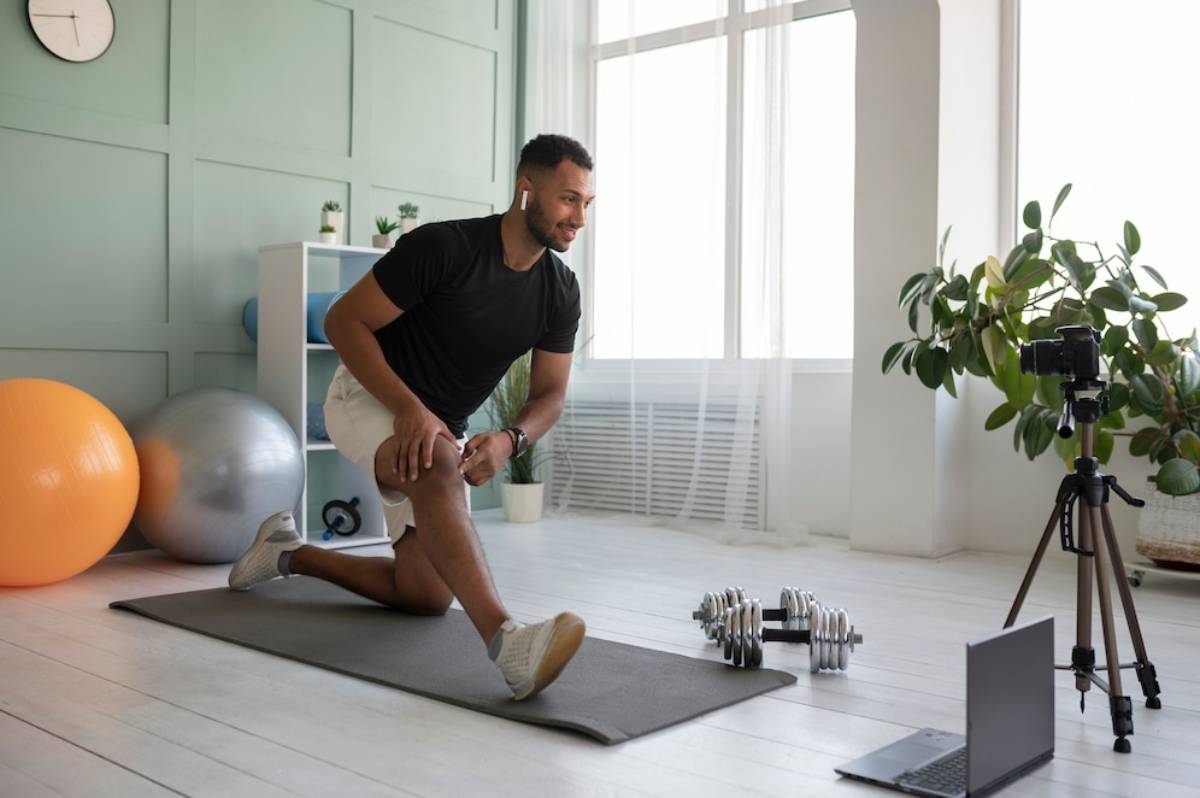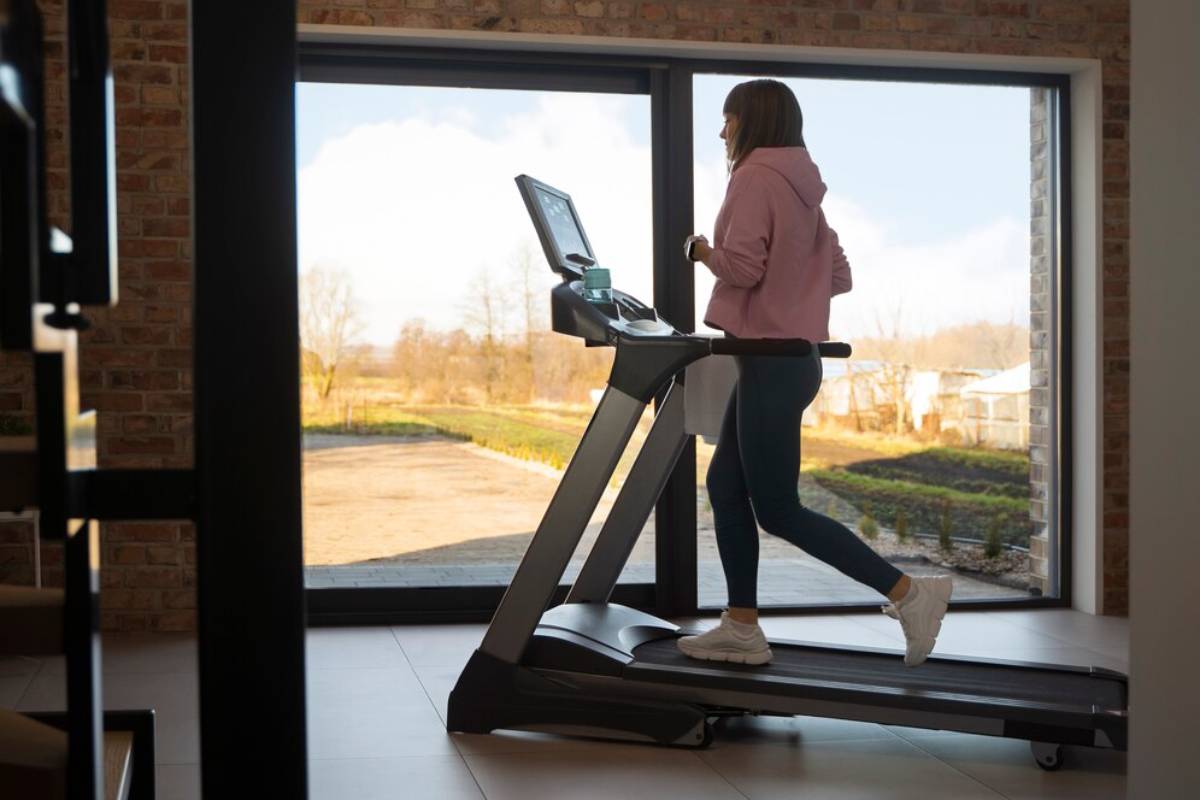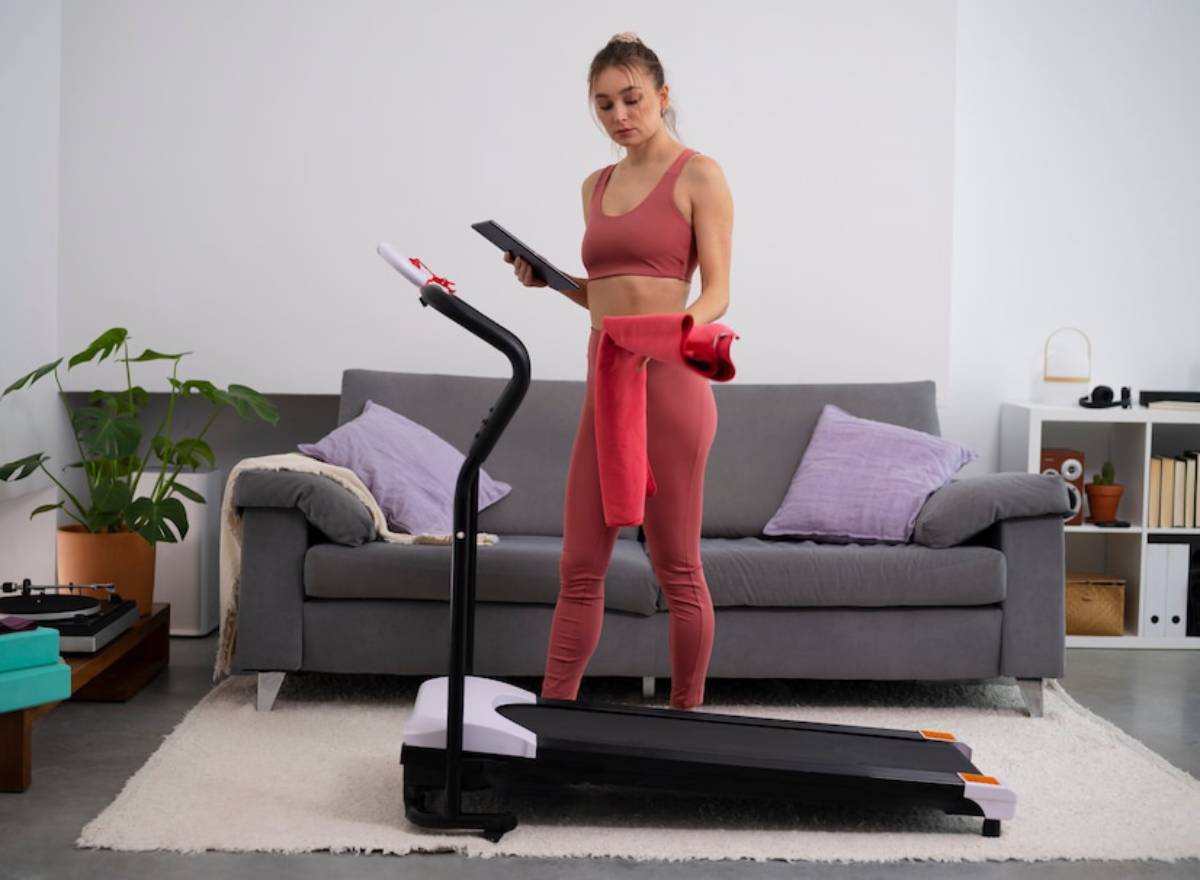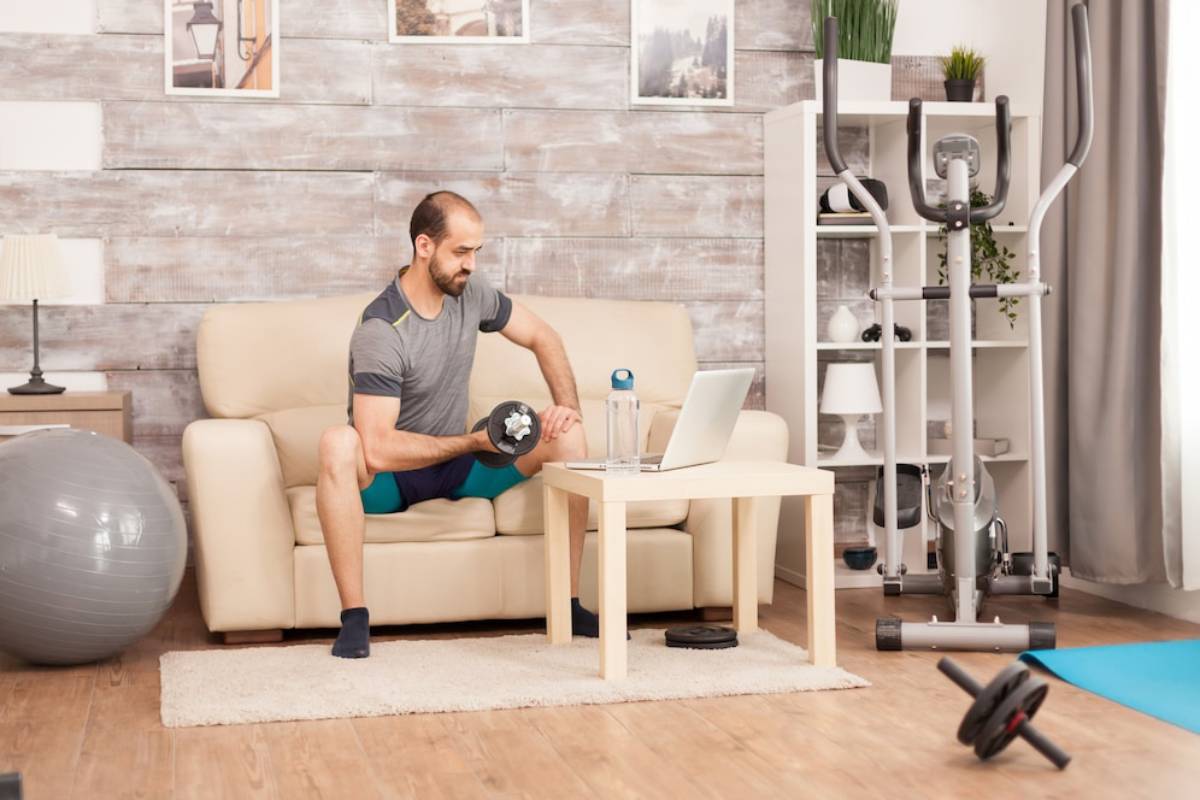
How to Choose the Right Equipment for Your Home Gym
Creating your own home gym is one of the best investments you can make for both your health and well-being. With the right gear, you can tailor your routines to fit your goals, schedule, and preferences. Finding the right equipment can be difficult with hundreds of products on the market. Follow this guide to build a home gym that works for you. Read more here for expert tips and practical advice.
Why Building a Home Gym Is Worth It

The home gym-building fitness fad has gone into overdrive in recent years. This transition highlights the benefits of exercising at home. It emphasises convenience, privacy, and cost savings compared to commercial gyms. Creating a workout space at home enhances your commitment to exercise, day one or day one hundred.
And the next step is pretty much where your tools will fill your home gym, and again, the success of your home gym as well. The right gear depends on your fitness goals, budget, space, and preferences. This will arm you with that knowledge and those tools. It steers you toward wise choices so that your home gym is functional and motivational.
Why Choosing the Right Equipment Matters
Investing in the right home gym equipment is important. It gives you the tools you need for various exercises. It makes your workouts more interesting and diverse. The second reason is that the right gear helps prevent injuries. It allows for proper shape and technique. Quality equipment lasts longer with regular use, giving you better value over time!
When deciding on equipment, think about durability, versatility, and commuter-friendliness. This is the time to make decisions that are aligned with your fitness goals. This could include strength, endurance, flexibility, or some combination of those.
Understanding the Core: Essential Equipment for Your Home Gym
Before we get into the gear details, let’s quickly review what makes a great home gym. These typically include cardio machines, strength equipment, and flexibility and recovery equipment. Here’s a breakdown of the essential categories:
Cardiovascular Equipment

- Treadmill: Treadmills are versatile machines that cater to various fitness levels. You can use them for walking, jogging, or running.
- Exercise Bike: A low-impact choice that boosts heart health and protects your joints.
- Rowing Machine: Get a full-body workout. It uses many muscle groups and boosts cardiovascular endurance.
Strength Training Tools
- Adjustable Dumbbells: Offer flexibility in weight selection. It makes them perfect for a range of exercises.
- Kettlebells: Great for dynamic movements and functional training. They enhance strength and coordination.
- Resistance Bands: Portable and versatile. These bands are perfect for strength training and rehabilitation exercises.
Flexibility and Recovery Accessories
- Yoga Mat: Important for floor exercises, stretching, and yoga sessions.
- Foam Roller: Helps in muscle recovery and decreases soreness through self-myofascial release.
- Stability Ball: Useful for core strengthening exercises and balance training.
Pro Tip: Invest in modular gear, like power racks with attachments. You’ll enjoy more exercise options without needing extra space.
Quick Guide / Checklist
To simplify the process of selecting home gym equipment, consider the following checklist:
- Identify Your Fitness Goals: Decide if you want to build strength, improve cardio, enhance flexibility, or do a mix of these.
- Measure Your Space: Check the area size, ceiling height, and floor type.
- Set a Budget: Decide how much you want to spend. Remember, better quality usually costs more.
- Research Equipment: Look for durable, versatile, and user-friendly options from reputable brands.
- Safety First: Make sure the equipment is stable. It should also have safety features, especially for weightlifting gear.
Always read user manuals and watch setup tutorials. This helps you use new equipment safely and correctly.
Step-by-Step Guide (How to Practise)
Here’s a step-by-step approach to selecting the right equipment for your home gym:
- Define Your Fitness Goals: Start by identifying your primary fitness objectives. Do you want to build muscle, boost heart health, improve flexibility, or do all three? Your goals will guide your equipment choices.
- Measure Your Space: Take accurate measurements of your designated workout area. Consider the layout, ceiling height, and any obstructions that may affect equipment placement.
- Set a Realistic Budget: Determine how much you can afford to spend on your home gym. Investing in good equipment can save you money over time. It helps cut down on repairs and replacements.
- Research Equipment Options: Conduct thorough research on different types of equipment. Read reviews, compare features, and consider the reputation of manufacturers. Look for equipment that offers versatility and durability.
- Prioritise Essential Gear: Begin with the basics, such as a set of dumbbells, a yoga mat, and a cardio machine. As you become more familiar with your workout routine, you can expand your collection.
- Test Equipment if You Can: If you can, visit a showroom or fitness store. Try out the equipment before you buy. This will give you a better sense of its functionality and comfort.
- Consider Second-Hand Options: If budget constraints are a concern, explore second-hand equipment options. Many people sell lightly used gym gear at a fraction of the original cost.
- Plan for Future Expansion: As you grow in your fitness journey, consider adding specialised equipment. Leave room for potential additions and upgrades in your gym layout.
Secret Tip: Use mirrors for more than checking your form. They can make your gym feel larger and brighter. This can boost your motivation and energy.
Things to Remember
When setting up your home gym, keep these expert tips in mind:
- Quality Over Quantity: It’s smarter to buy a few high-quality tools. Don’t fill your space with cheap, less durable options.
- Versatility Is Key: Choose equipment that can serve multiple purposes. For example, a set of adjustable dumbbells can replace an entire rack of fixed weights.
- Safety First: Ensure that your equipment is stable and secure. Use rubber mats to protect your floors and provide traction.
- Stay Organised: Use racks, shelves, and hooks to keep your gym tidy. This will make your space more inviting and functional.
- Regular Maintenance: Perform routine maintenance on your equipment to prolong its lifespan. This may include lubricating moving parts, tightening bolts, and cleaning surfaces.
Best Practices & Additional Insights
To enhance your home gym experience, consider the following best practices:
- Make Your Gym Motivating: Use inspiring quotes, mirrors, and good lighting for decoration. A positive atmosphere can boost your motivation and consistency.
- Use Technology: Try out fitness apps, wearables, or smart equipment. They help track your progress and keep you accountable. Many devices offer virtual coaching and interactive workouts.
- Change Your Routine: Keep your workouts fresh by mixing up exercises and adding new gear. This will challenge your body and prevent plateaus.
- Get Help from Experts: If you’re not sure about your form or what exercises to do, think about getting a personal trainer for a few sessions. They can provide valuable insights and personalised recommendations.
FAQs
How much space do I need for a home gym?
The space you need depends on the equipment you pick and how you like to work out. A compact gym can fit in a small room or a corner of a larger space. In contrast, a bigger setup needs a dedicated area like a garage or basement.
Is it necessary to have cardio equipment in a home gym?
Cardio equipment isn’t necessary, but it can boost your workout variety and improve heart health. Alternatives include outdoor activities like running or cycling.
Can I create a home gym on a tight budget?
You can build a budget-friendly home gym. Start by prioritising essential equipment. Look for second-hand options. Then, slowly grow your collection over time.
How often should I update my home gym equipment?
Regularly inspect your equipment for wear and tear. Replace or upgrade items as needed to ensure safety and functionality. Staying informed about new fitness trends can also inspire updates.
What are some common mistakes to avoid when setting up a home gym?
Common mistakes include overcrowding the space, neglecting safety features, and purchasing low-quality equipment. Planning and research can help you avoid these pitfalls.
Conclusion: Build Your Ideal Home Gym with Confidence

A home gym built for your fitness goals is the first step toward a healthier lifestyle. Choose the right gear and tools to keep your workouts effective, fun, and sustainable. Make sure to consider quality, versatility, and safety when choosing gear. Let me know what you think and if you need any more help!
Now that you know how to design your dream space, start by checking your fitness goals and the space you have. Start small and build out your collection as your needs change. With hard work and the right tools, you’ll reach your fitness goals.
Ready to transform your fitness journey? Begin by exploring our curated selection of top-rated home gym equipment. Visit our website today to discover the perfect gear for your needs!
